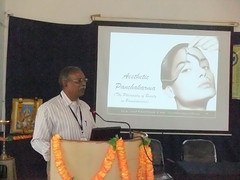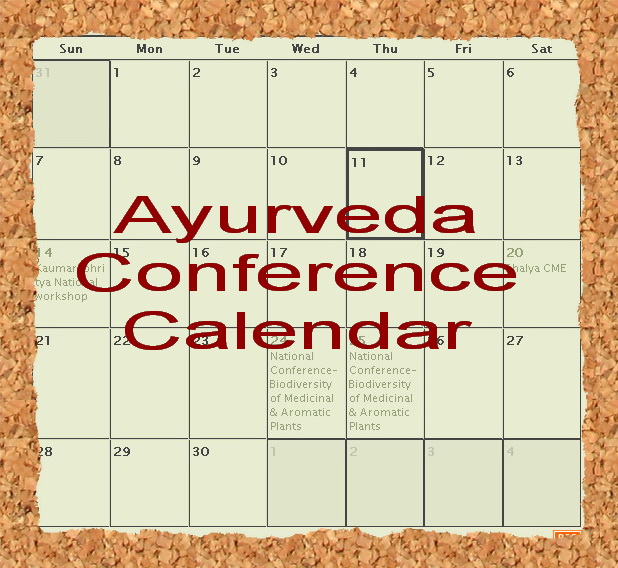#0126 Panchakarma
CLINICAL EVALUATION OF VIRECHANA THERAPY IN THE MANAGEMENT OF PANDUROGA, Shaila Gurappa Borannavar. Post graduate department of Panchakarma, Shri D. G. Melmalagi Ayurvedic Medical College, Gadag – 582103.
Panchakarma is popular term used for shodhana Chikitsa, which can give satisfactory results in chronic diseases (Chirakari vyadhis) adopted in bahudoshavastha. Virechana is one among them, which eliminates vitiated doshas through adhomarga i.e. Guda. In this especially ama pakwashayagata doshas are eliminating. Globally, 30% of total populations are anaemic and half of these some 600 million people have iron deficiency. Panduroga is a santarpanajanya vyadhi, where pittadosha plays major role in pathogenesis. Hence, Virechana is most appropriate shodhana therapy. Vyoshadi Gutika is upakalpa of Trivrit indicated in Panduroga and can be considered as Sukha Virechaka.
The present study was planned with following aims and objectives –
- 01. To evaluate the effect of Virechana therapy in Panduroga.
- 02. To evaluate the effect of Virechana karma with Vyoshadi Gutika in Panduroga.
It is single group “An observational study” where the patients having symptoms of Panduroga were selected and classical Virechana therapy was administered – The treatment contains the following steps –
- 01. Deepana pachana with Trikatu churna 3-6 gms thrice daily before food, till the appearance of Nirama lakshanas.
- 02. Snehapana with “Dadima Ghrita” in arohana vidhi, till the samyak snigdha lakshanas are seen.
- 03. Abhyanga with murchita tile taila followed by mridu sweda (Ushna jala snana).
- 04. Virechana with “Vyoshadi Gutika” 35-45 gms along with sheetajala as anupana.
- 05. Samsarjana karma was followed for 3-5 days depending upon the shuddhi achieved.
- 06. Follow up study was done for 15 days. During these period patients were advised to follow the pathya apathya mentioned in Panduroga.
Assessment criteria
- Subjective parameter – The classical symptoms of Panduroga i.e. “Panduta”, “Arohanayasa”, “Dourbalya”, “Bhrama” and Agnimandya.
- Objective parameter – Haematological study, i.e. Hb is taken as main criteria, along with that PCV, MCV, MCHC and Smear study was also assessed.
Results: As a result of the proper administration of Virechana karma, it was noted that, it gives long-lasting effect, which includes extraneous variable too. This can be appreciated by comparing both subjective and subjective parameter taken before and after the treatment. Among 30 patient who were taken for this study 9 patients (30%) were responded good, 15 patients (50%) were moderately responded, whereas 6 patients (20%) shown mild response.
Interpretation and Conclusion
Virechana is the most appropriate shodhana therapy in Panduroga. It alone can show significant result if the Pathya apathya is followed properly.
















